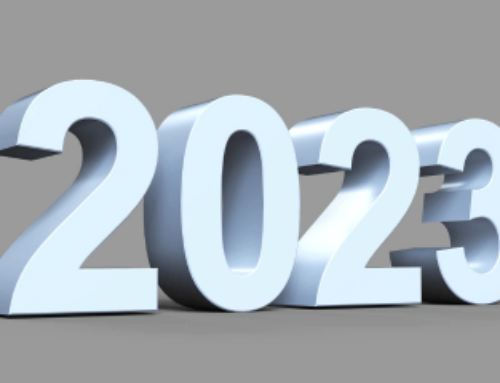On July 21, 2017, the Centers for Medicare & Medicaid Services (CMS) issued the 2018 Medicare Physician Fee Schedule (MPFS) Proposed Rule, its annual rule proposing payment policy and rates effective Jan. 1, 2018. A final rule will be published in November 2017. The 60-day comment period on the proposed 2018 Medicare Physician Fee Schedule will close on September 11, 2017. The American Academy of Sleep Medicine provides the following analysis for sleep medicine professionals.
After applying adjustments, the proposed 2018 physician fee schedule conversion factor is $35.99, an increase of $0.10 from the 2017 conversion factor. The 2018 rates for evaluation and management services are projected to increase just slightly. In most cases, 2018 payment for sleep services is projected to stay at or close to 2017 rates. Providers will notice a small increase in payment for actigraphy testing (94803), multiple sleep latency testing (95805), and polysomnography (codes 95810 and 95811). Payment for HSAT testing (95806 and 95800) will decrease slightly. A noticeable outlier is payment for pediatric polysomnography (codes 95782 and 95783). Due to the low Medicare volume for these codes, Medicare’s rate-setting formula has caused extreme fluctuations in practice expense for these two codes in particular. Providers will note an 11% decrease in payment for pediatric polysomnography and a 13.2% decrease in payment for pediatric polysomnography with PAP titration. Payment for polysomnography with 1-3 additional parameters of sleep (95808) will increase by 8%. Providers will notice a slight decrease in professional liability insurance RVUs for all sleep medicine codes in 2018.
Medicare Diabetes Prevention Program (MDPP)
The rule outlines new proposals for the MDPP. The program incentivizes beneficiaries to lose weight by making beneficiaries eligible for benefits after the first year contingent upon achieving 5-percent weight loss. The rule notes that one of several associated health benefits of this eligibility criterion is prevention of sleep apnea.
Telehealth
The rule calls for the elimination of telehealth modifier GT, which has the descriptor “via interactive audio and video telecommunications system,” on professional claims. Since Place of Service (POS) code 02 indicates both provision of telehealth services as well as certification that telehealth requirements have been met, the GT modifier is arguably unnecessary. CMS would like to keep telehealth modifier GQ, which includes the descriptor “via asynchronous telecommunications system,” in order to maintain a distinction between synchronous and asynchronous services.
E/M Guidelines
CMS proposes substantial revisions to existing evaluation and management (E/M) guidelines. CMS is specifically seeking comment on whether the documentation requirements for patient histories and physical exams for all E/M visits at all levels should be changed or eliminated. The rule emphasizes changing the E/M guidelines with the goal of reducing administrative burden and improving meaningful documentation of patient care.
Patient Relationship Codes
CMS proposes the following five Level II HCPS modifiers to describe patient relationships: x1: “continuous/broad services,” x2: “continuous/focused services,” x3: “episodic/broad services,” x4: “episodic/focused services,” and x5: “only as ordered by another clinician.” The new modifiers will go onto effect on January 1, 2018. During the initial period of implementation, physicians will be able to voluntarily report with the modifiers in order to allow for sufficient time to adjust to the change.
2018 Value Modifier
CMS is also proposing to reduce the automatic downward payment adjustment for not meeting minimum quality reporting requirements from -4% to -2% for groups of ten or more clinicians, and from -2% to -1% for physician and non-physician solo practitioners and groups of two to nine clinicians.








